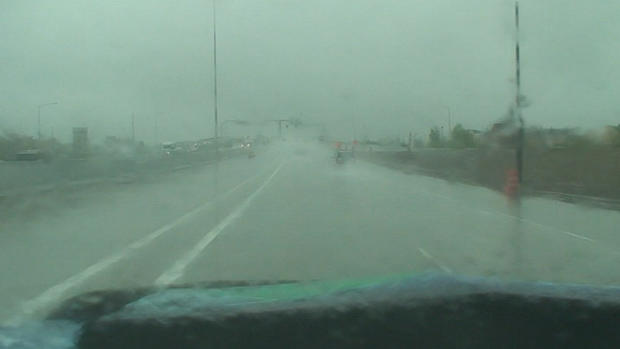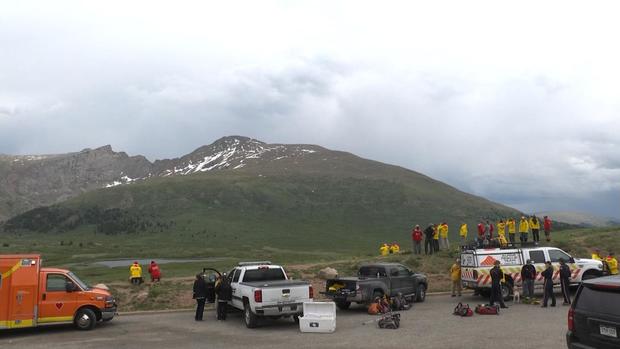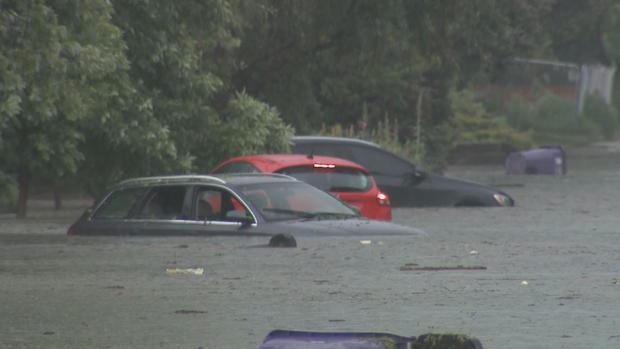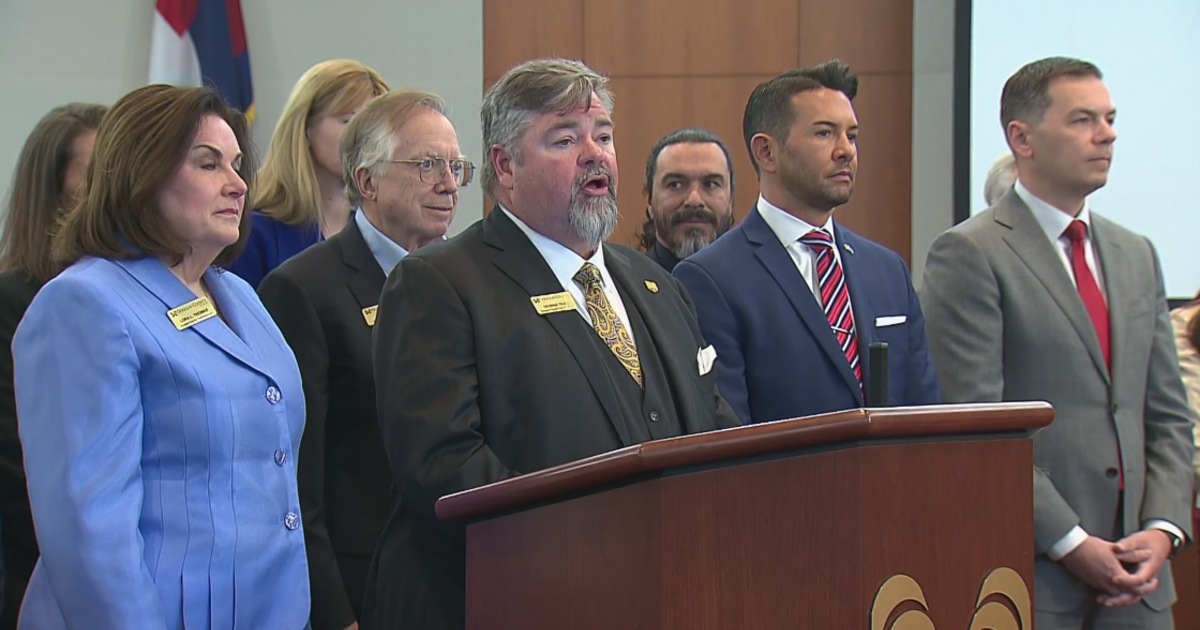Monsoon Season Ramps Up In July, But Does That Always Mean Heavy Rain?
DENVER (CBS4) - If you've lived in Colorado for any length of time there's a good chance you've heard the word "monsoon" at some point during the summer season. But what does it mean?
The word itself simply means a seasonal shift in the wind pattern.
But because that shift often produces wet weather "monsoon" is associated with storms and heavy rainfall.
Monsoons occur all over the world at various times of the year.
The flow of wind across the central and southern Rockies turns from a predominantly west or northwest direction during the cool season to a south or southwest direction in the summer.
This allows ample moisture from as far away as the Gulf of Mexico and the eastern Pacific Ocean to flow north, fueling storms.
Impacts from the North American Monsoon can be felt in the southwestern United States as early as mid-June and as late as September.
Colorado typically sees the most influence during July and August in the form of scattered to widespread showers and thunderstorms.
THE DAILY STORM CYCLE
Forecasting monsoon storms can be tricky in terms of trying to pinpoint exactly where a storm will develop.
But the timing of storm activity is fairly predictable.
Storms often start to form over the high mountains between 10 a.m. and noon as daytime heating gets underway.
That's why hikers are urged to get an early start when planning to hike above tree line or in areas without adequate shelter nearby.
Storms tend to drift across the foothills by early afternoon and into the lower elevations by late afternoon.
They will often last well into the evening hours on the eastern plains as they move toward Kansas.
This cycle can repeat day after day for several days to a few weeks during an active monsoon season.
MONSOON STORMS BRING MANY HAZARDS
While heavy rain and hail are what most people associate with the monsoon season there are other hazards too.
Lightning is associated with all thunderstorms and can be particularly intense during a monsoon thunderstorm.
Colorado averages about 500,000 cloud-to-ground lightning strikes each year.
The peak for lightning across Colorado hits during late July and early August.
Because upper-level winds are light over the central Rockies during the summer months storms will often move slow and can produce flash flooding.
As the threat for lightning, hail and flash flooding goes up the threat for tornadoes is on a slow decline during July and August.
But that doesn't mean we're in the clear.
Since 1950 tornadoes have been documented as late as October in Colorado.






